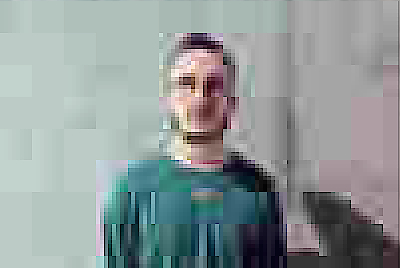PhD Thesis
Composing with Noise: utilising noise as a transformative and generative tool for creative sound practice
Viva passed December 2021
Abstract
Within the field of Sound Studies, discourse on noise has increasingly looked to define noise by examining its affective and transformative properties, reformulating the question ‘What is noise?’ to ‘What does noise do?’ (Thompson 2017: 49). Approaching noise in this way presents an alternative to the three commonly accepted definitions of noise frequently utilised in texts on composition. These define noise as unwanted sound, spectrally dense sound, or loud sound. Through practice-based research this thesis and portfolio explores how the question ‘what does noise do?’ can be applied to creative sound practice.
By repurposing Claude Shannon’s (1948) A Mathematical Theory of Communication the thesis lays out an approach for employing the transformative and generative potential of noise within composition. This approach provides a simple framework for engaging with the near limitless applications of the transformative properties of noise within creative sound practice. By reframing the role of noise in this way, this approach offers an alternative to conventional methods for utilising noise within composition, which generally treat noise as a qualitative or quantitative property of a sound.
Creative applications of this approach are examined through discussions of both the accompanying portfolio and related work from other practitioners. The discussion is split between three different forms of creative sound practice: improvisation with playback media, score based instrumental composition and fixed media electroacoustic composition. Each of these areas of discussion relate to specific projects within the portfolio: an improvisatory performance practice using modified CD players, scores utilising visual noise, and a fixed media composition available as both a digital download and a telephone hotline. This discussion highlights how, as well as being a novel way of approaching composition, when used as a transformative and generative tool noise is uniquely adept at interrogating the flaws in commonly accepted notions in creative sound practice; instruments become performers, performers become composers, and what was once fixed becomes variable.
Avilable to download from City Research Online or Britsh Library EThOS.
Journal Articles
More than an instrument: improvising with failing playback media
(2021) Organised Sound, Cambridge University Press, 26(1), pp. 110–118
Abstract
The adoption of playback media – such as vinyl and the compact disc – by performers as a means of sound creation and manipulation sees our perception of these media ‘elevated’ to the status of an instrument. As this practice develops, improvisers push these devices further in pursuit of new sounds, including actively exploring the sonic potential of failure and destruction. This article argues that when pushed to the point of failure, playback media begin to function as an improviser, exhibiting musical agency over the performance that mirrors that of human improvisers. This article will identify how failing playback functions within a performance, and explore the ways in which it can be understood to improvise, discussing how failing playback media can engage in a dialogical back and forth with human improvisers as well as the ways it can directly influence and determine the structure and musical content of a performance.
Article available on CambridgeCore (subscription required).
Review of concerts at the International Computer Music Conference 2016
(2017) Array, International Computer Music Association, pp. 58-59
Reviews of Pandora Concert 2 (19:00-20:30, 13/09/16) and Off-ICMC (23:00-00:00, 13/09/16) from the ICMC 2016 in Utrecht, The Netherlands.
Review available here (open-access).
